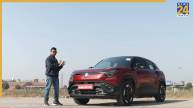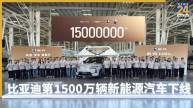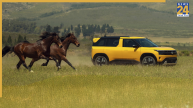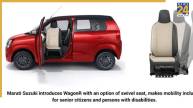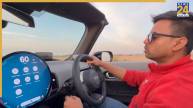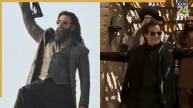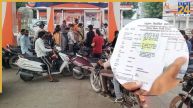Royal Enfiled is renowned for building several exceptional motorcycles, including many internationally acclaimed models. The Chennai-based brand is not only known for making modern machines but also for producing many sought-after vintage motorcycles during the pre- and post-war eras. Let’s have a look at the list of 9 vintage Royal Enfield motorcycles that roared on the roads between 1910-1950:
Royal Enfield Model 180 (1913)
The Royal Enfield Model 180 had a 770cc, V-twin engine paired with a 2-speed manual transmission. Equipped with a Bosch magneto and an AMAC carburettor, the motor delivered a maximum power of 6bhp. This vintage motorcycle was offered with two options: either a coach-built sidecar or a cane-bodied sidecar. It featured a P&H acetylene lamp, a Veigel speedometer, and a horn.
Royal Enfield 2o1 (1914)
This motorcycle came into existence in 1914 but only a few units were produced before 1919 due to the First World War. At its heart, there was a 225 cc, single-cylinder, two-stroke engine which returned 2.25 bhp of maximum power and was linked to a 2-speed gearbox with twin primary chains. Offered with a “tram handle” gear change lever, this bike came with or without the sidecar.
Royal Enfield Model 140 (1913)
Launched in 1913, the Royal Enfield Model 140 was powered by the brand’s 425 cc, V-twin cylinder, two-stroke engine that generated a maximum power of 3bhp. The motor was mated to a 2-speed gearbox with twin primary chains. Just like the 2o1, this machine too had a “tram handle” gear change lever.
Also Read: Royal Enfield Continental GT 650 – A Dashing Speedster With A 6-Second Acceleration
Royal Enfield WD/RE ‘Flying Flea’ (1939)
The Royal Enfield WD/RE was given the title of a ‘Flying Flea’. This is because it was a machine which could be para-dropped or carried in gliders. In situations where radio communication was not possible, the vintage motorcycle played a key role in rapidly transmitting messages and signals between airborne and assault troops.
Based on the German DKW RT100, this model came with a bored-out 125 cc, single-cylinder, two-stroke engine belting out a maximum power of 3.5 bhp at 4,500 rpm. The motor was connected to a 4-speed gearbox with a final chain drive. The WD/RE was able to achieve a top speed of 72.5 kmph.
Royal Enfield Model K (1933)
The Royal Enfield Model K was a flagship model introduced to the market during the ‘Golden Age’ in 1933. Later, the Model KX 1140 was launched as its successor in 1936. A 976 cc, single side-valve, two-stroke, V-twin engine powered this machine. The motor was paired with a hand-operated 4-speed manual transmission.
Royal Enfield Model KX 1,140 cc (1937)
For Royal Enfield, the 1930s was the ‘Golden Age’ when the brand rolled out several motorcycles having engine displacement capacities in the 225-976 cc range. The Model KX was among those bikes and it boasted a 1,140 cc, two-stroke, single side-valve, V-twin engine. The motor was mated to a 4-speed hand-operated manual gearbox. The motorcycle could hit a top speed of 130 kmph and returned an impressive 27 kmpl fuel efficiency. Making a debut in 1936, the Model KX came in standard as well as sidecar versions. However, the start of World War II forced the company to end its production.
Royal Enfield WD/CO (1939)
Launched during the World War II era, the WD/CO was a lightweight, military-spec motorcycle, which was later produced as a civilian-spec bike post-1945. The bike was equipped with a 346 cc, single-cylinder, two-stroke, side-valve engine, which was linked to a four-speed gearbox. Weighing 134 kg, the Royal Enfield WD/CO could reach a top speed of 113kmph.
Royal Enfield Model J 499 cc (1946)
Another gem from the Golden Age, The Royal Enfield Model J came with a 499 cc, side-valve, single-cylinder engine. The powerplant was mated to a four-speed gearbox with foot-shift and employed dry sump lubrication. A Lucas battery-coil system managed the ignition.
Royal Enfield 500 Twin (1948-1958)
The 500 Twin was Royal Enfield’s first post-war parallel twin-cylinder motorcycle which came equipped with a 496cc overhead valve engine mated to a 4-speed gearbox. As for the top speed, the Royal Enfield 500 could hit 138kmph. Its features included a swingarm, twin shock absorbers at the rear, and telescopic front forks. The Royal Enfield 500 Twin borrowed most of the design cues from the Royal Enfield Bullet. This is the reason why it is often mistaken for the latter.
Also Read: Royal Enfield Meteor 350 – Blending Retro Aesthetics With High-End Performance




